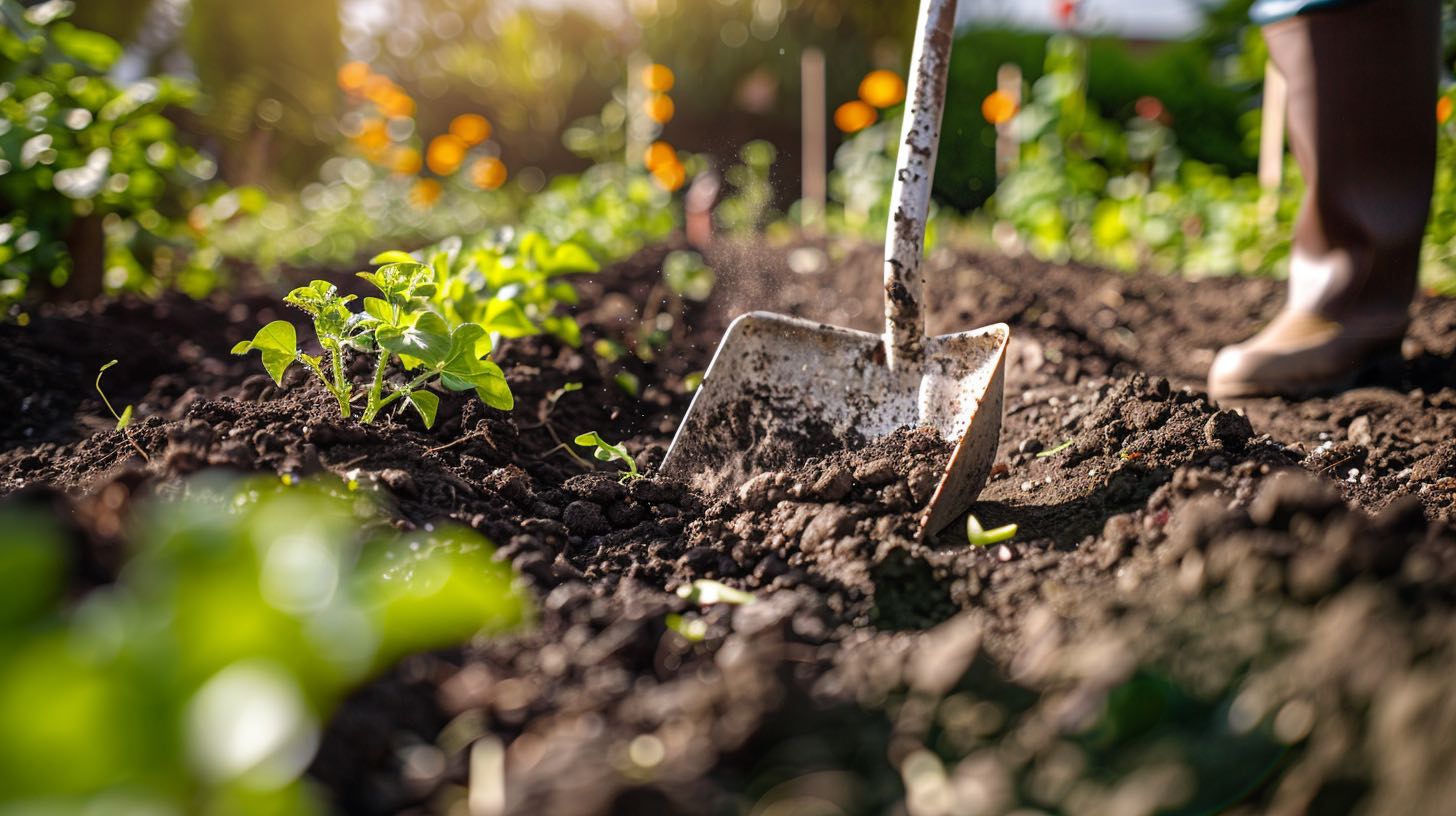
Gardening in Australia presents a unique set of challenges and opportunities, especially when it comes to soil management. The foundation of any successful garden lies beneath the surface, in the health and quality of the soil. Understanding your soil’s characteristics and how to improve its condition are crucial steps towards a bountiful vegetable garden. This article explores essential soil preparation and improvement techniques, including pH balancing, composting, and mulching, tailored for Australian conditions.
The first step in soil preparation is understanding the type of soil in your garden. Australian soils vary widely from region to region, from the rich volcanic soils in parts of Victoria and Queensland to the sandy soils of Western Australia and coastal areas.
Performing a simple soil test can reveal your soil’s texture. This involves moistening the soil and rolling it into a ball. The ease with which it forms and its feel can help you determine if your soil is sandy, clay, silty, or loamy.
The pH level of your soil affects the availability of nutrients to your plants. Most vegetables thrive in slightly acidic to neutral soil (pH 6.0-7.0). Testing your soil’s pH is straightforward with a test kit from your local garden center.
Regular testing and adjustment can ensure your soil remains at an optimal pH for vegetable gardening.
Composting is a cornerstone of soil improvement, transforming kitchen scraps and garden waste into black gold. It enriches the soil, improves its structure, and supports vibrant plant growth.
Australian gardens benefit greatly from composting, especially in areas with poor native soil. It’s a sustainable way to recycle waste while enriching your garden.
Mulch is a gardener’s best friend, particularly in Australia’s often harsh climate. It conserves moisture, suppresses weeds, and adds organic matter to the soil as it breaks down.
In addition to moisture retention and weed control, mulch helps moderate soil temperature, protecting plant roots during extreme weather.
Improving your garden soil is an ongoing process. Alongside pH balancing, composting, and mulching, consider these techniques:
| Vegetable | Tropical | Subtropical | Temperate | Cool/Cold |
|---|---|---|---|---|
| Okra | Yes | Yes | No | No |
| Sweet Potato | Yes | Yes | Limited (summer) | No |
| Chilli and Capsicum | Yes | Yes | Limited (summer) | No |
| Eggplant | Yes | Yes | Limited (summer) | No |
| Tomatoes | Limited (heat-tolerant varieties) | Yes | Yes | Limited (greenhouse) |
| Cucumbers | Limited (heat-tolerant varieties) | Yes | Yes | Limited (greenhouse) |
| Beans | Limited (heat-tolerant varieties) | Yes | Yes | Limited (greenhouse) |
| Zucchini and Squash | Limited (heat-tolerant varieties) | Yes | Yes | Limited (greenhouse) |
| Leafy Greens (Lettuce, Spinach, Kale) | No | Limited (winter) | Yes | Yes |
| Root Vegetables (Carrots, Beets, Radishes) | No | Limited (winter) | Yes | Yes |
| Brassicas (Broccoli, Cauliflower, Cabbage) | No | Limited (winter) | Yes | Yes |
| Peas | No | Limited (winter) | Yes | Limited |
| Garlic | No | Limited | Yes | Yes |
| Onions | No | Limited | Yes | Yes |
| Spinach and Silverbeet | No | Limited | Yes | Yes |
| Broad Beans | No | Limited | Yes | Yes |
| Herbs (Parsley, Chives, Mint) | Yes (with care) | Yes | Yes | Yes (with care) |
| Radishes | Yes | Yes | Yes | Yes |
In the warm, humid conditions of Australia’s tropical and subtropical zones, gardeners can grow a wide range of vegetables year-round. However, selecting varieties that can tolerate high heat and humidity is key.
The temperate zone offers a distinct growing season with a wider variety of vegetables that can be cultivated. Planning your planting calendar is crucial to make the most of the growing conditions.
Gardening in Australia’s cool and cold zones requires selecting vegetables that can withstand cooler temperatures and shorter growing seasons.
Some vegetables can be grown year-round across multiple Australian climates with the right care and protection.
Selecting the right vegetables for your Australian garden depends on understanding your local climate and its challenges and opportunities. By choosing varieties suited to your climate zone and following best gardening practices, you can enjoy a productive and rewarding vegetable garden. Remember, gardening is a journey of learning and adaptation; don’t be afraid to experiment and discover what works best in your unique garden environment.